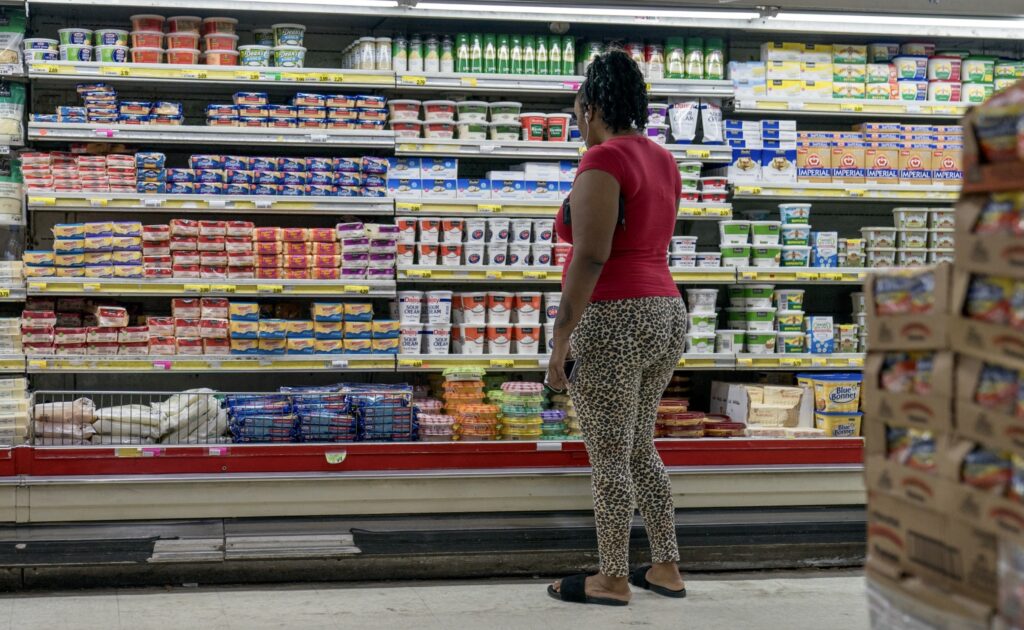Consumer Backlash Against Soaring Prices Emerges As A Force In Taming Inflation
The Associated Press reports that consumer resistance against soaring prices is becoming a significant force in reining in inflation, with Americans adopting new shopping habits to counter a 19% average...

The Associated Press reports that consumer resistance against soaring prices is becoming a significant force in reining in inflation, with Americans adopting new shopping habits to counter a 19% average price increase since the pre-pandemic period. This pushback is notably visible in grocery shopping, where consumers are opting for store-brand items, choosing discount stores, or cutting back on purchases. Large food companies are responding to this resistance by slowing down their price increases, helping to temper the overall inflation rate, which has dropped from a peak of 9.1% in 2022 to 3.1%.
The frustration with high prices has become a central issue in President Joe Biden’s reelection campaign despite the overall decline in inflation. Critics argue that corporations overinflated prices, and the White House has targeted practices like “shrinkflation,” where companies reduce product quantity instead of increasing prices. The consumer pushback is seen as a positive sign for further easing inflation, contrasting with historical cases where persistently high inflation led to an inflationary mindset among consumers.
President Biden has criticized corporations for profiting from higher prices, with a focus on reducing corporate price-gouging. Companies like Kraft Heinz face scrutiny as consumers opt for more affordable private-label alternatives. Consumers are taking practical steps to manage costs, like favoring store brands over well-known labels.
Economists believe that this time, consumers are less tolerant of soaring prices, and the pushback against price hikes should contribute to easing inflation. Companies that had initially capitalized on supply chain disruptions and geopolitical events to raise prices are now facing resistance, especially as consumers have exhausted savings accumulated during the pandemic.
Samuel Rines, an investment strategist at Corbu, states, “We’re beginning to see the consumer no longer willing to take the higher pricing. So companies were beginning to get a little bit more skeptical of their ability to just have the price be the driver of their revenues. They had to have those volumes come back, and the consumer wasn’t reacting in a way that they were pleased with.”
McDonald’s CEO Ian Borden states, “Consumers are more wary — and weary — of pricing, and we’re going to continue to be consumer-led in our pricing decisions.”
The Federal Reserve sees this consumer reluctance to accept high prices as a key factor in the expected steady decline of inflation back to its 2% annual target. Corporate responses indicate a shift in strategy, with companies planning smaller price increases in 2024. Surveys by the Fed’s regional banks reveal that firms across various industries anticipate smaller price hikes this year, reinforcing the idea that consumer influence is a crucial factor in curbing inflation.
RELATED CONTENT: Americans More At Ease With News Of Slowing Inflation, Report












